Display all 19 images
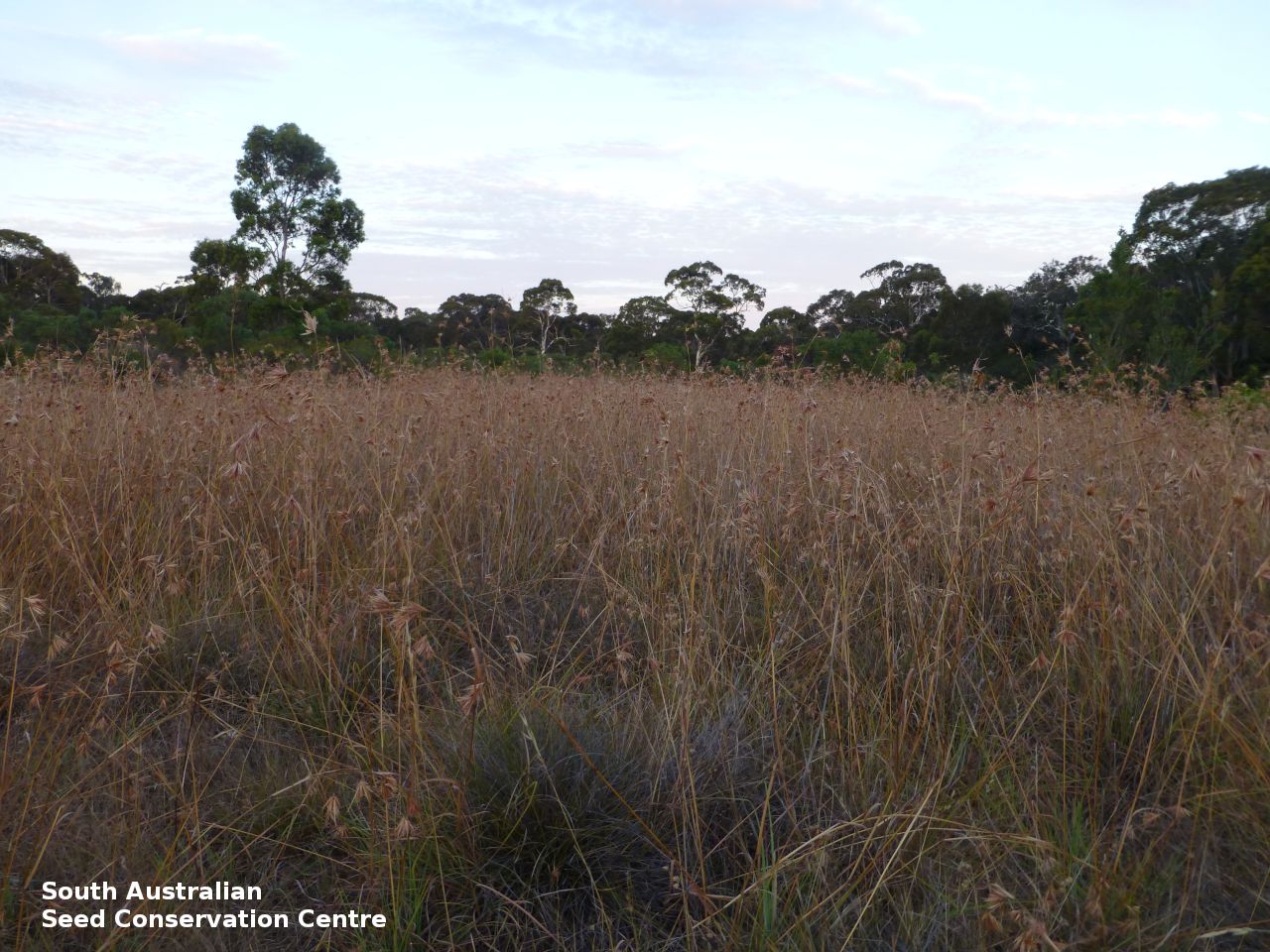
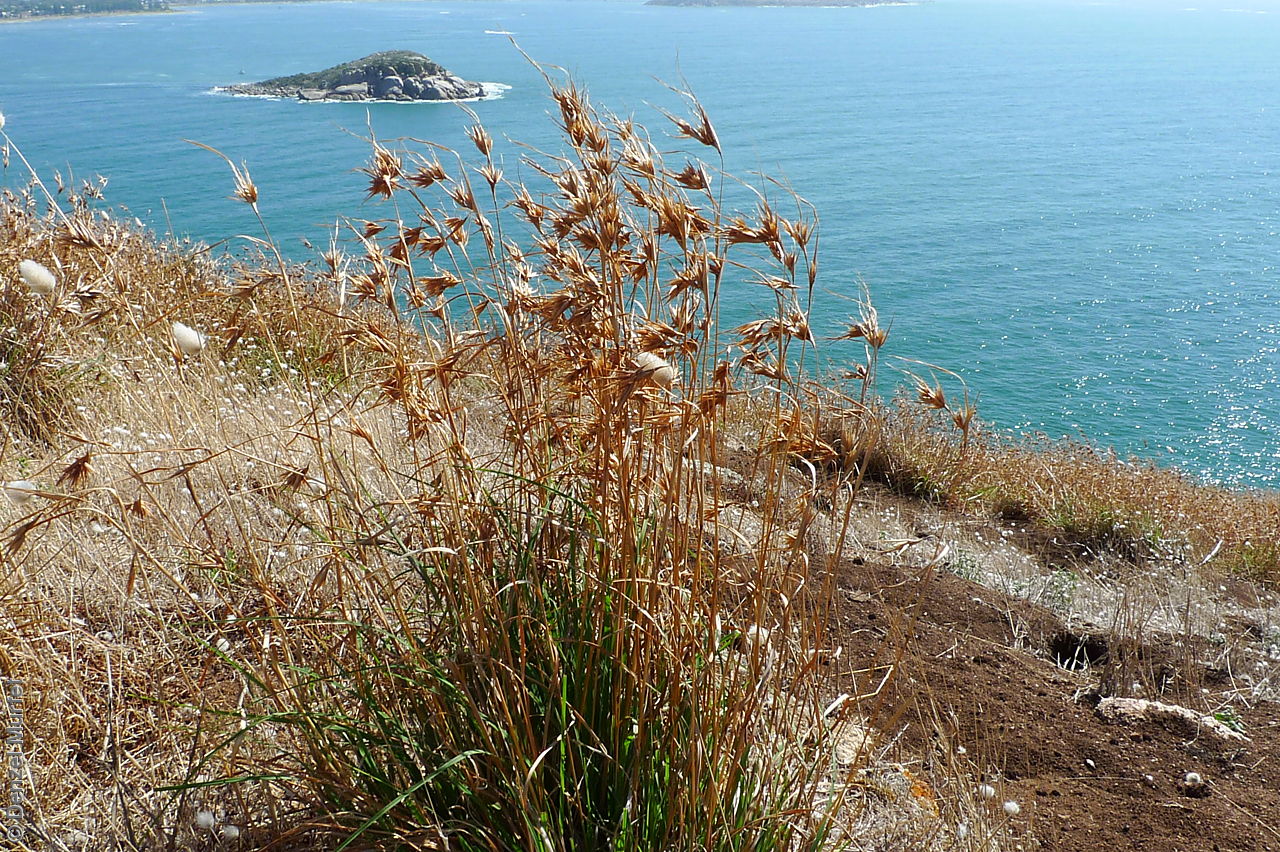
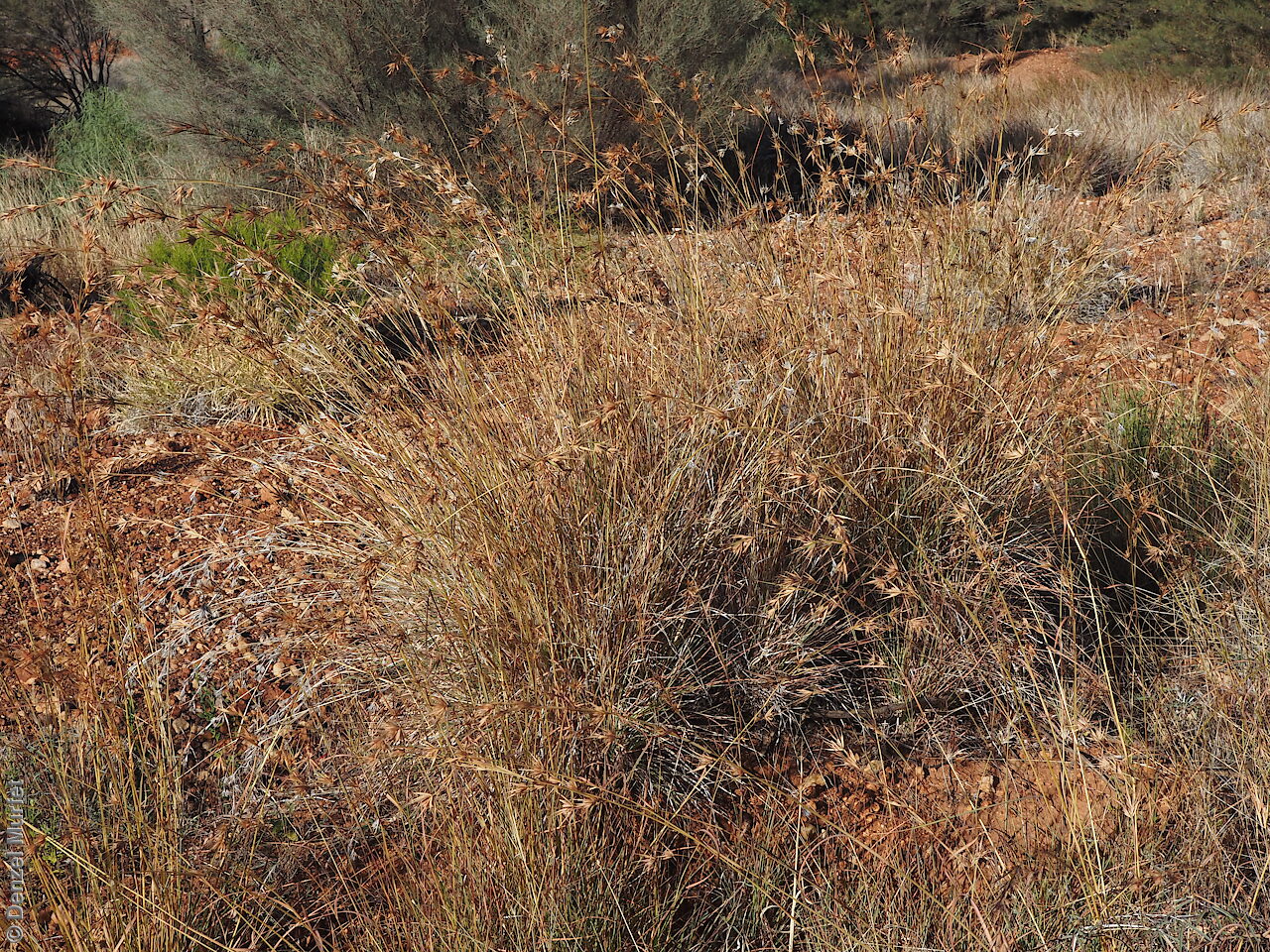
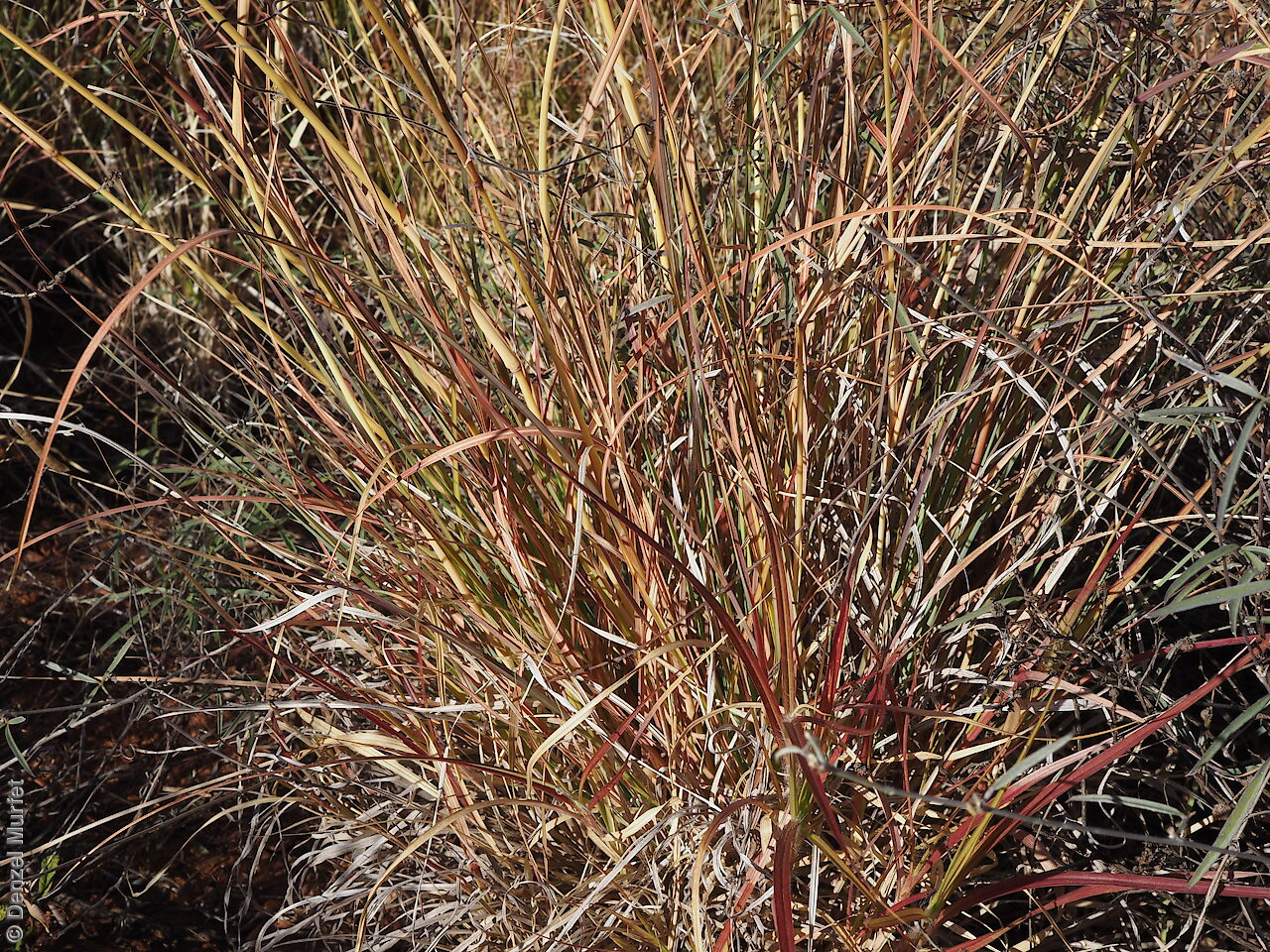

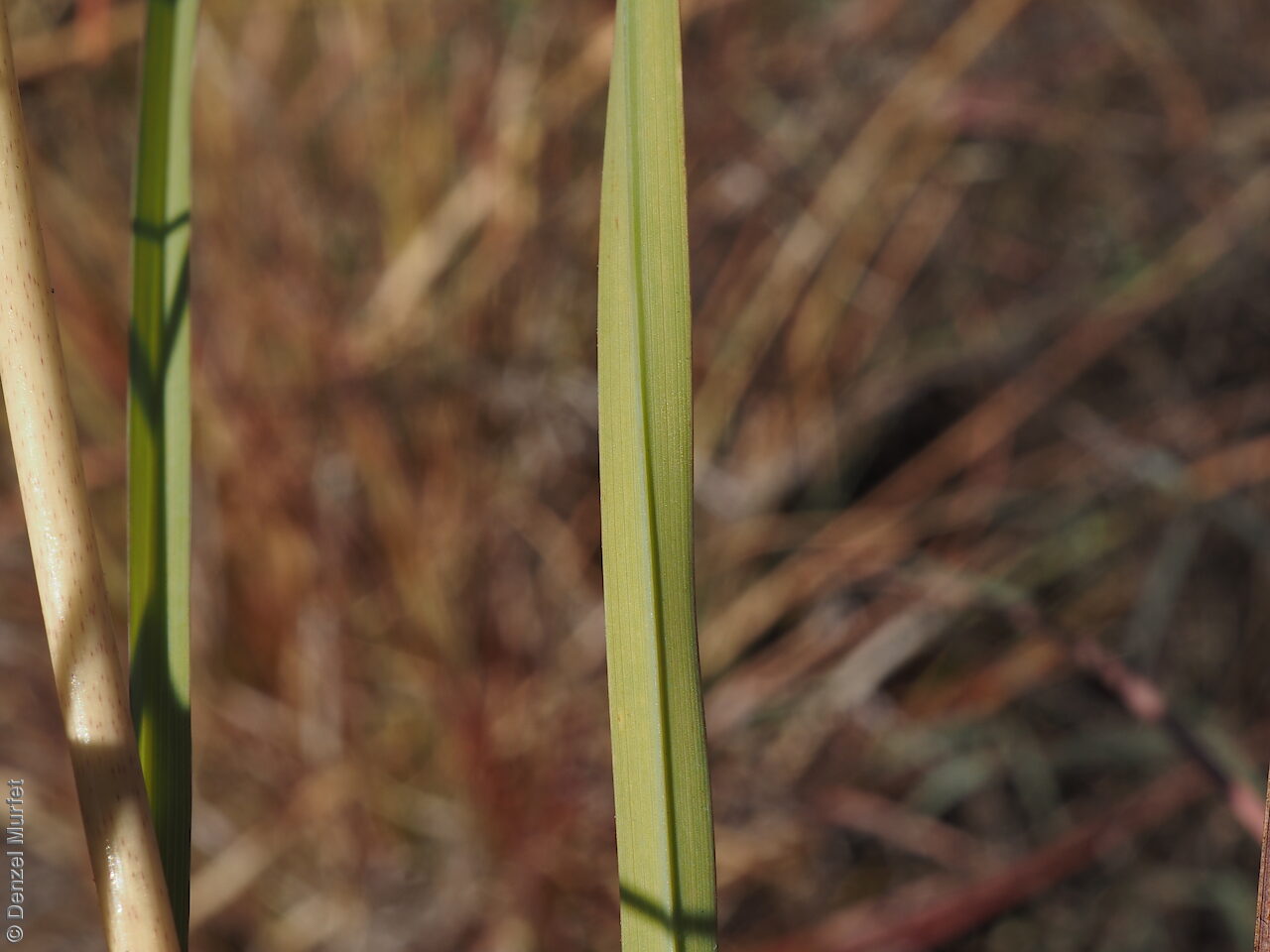
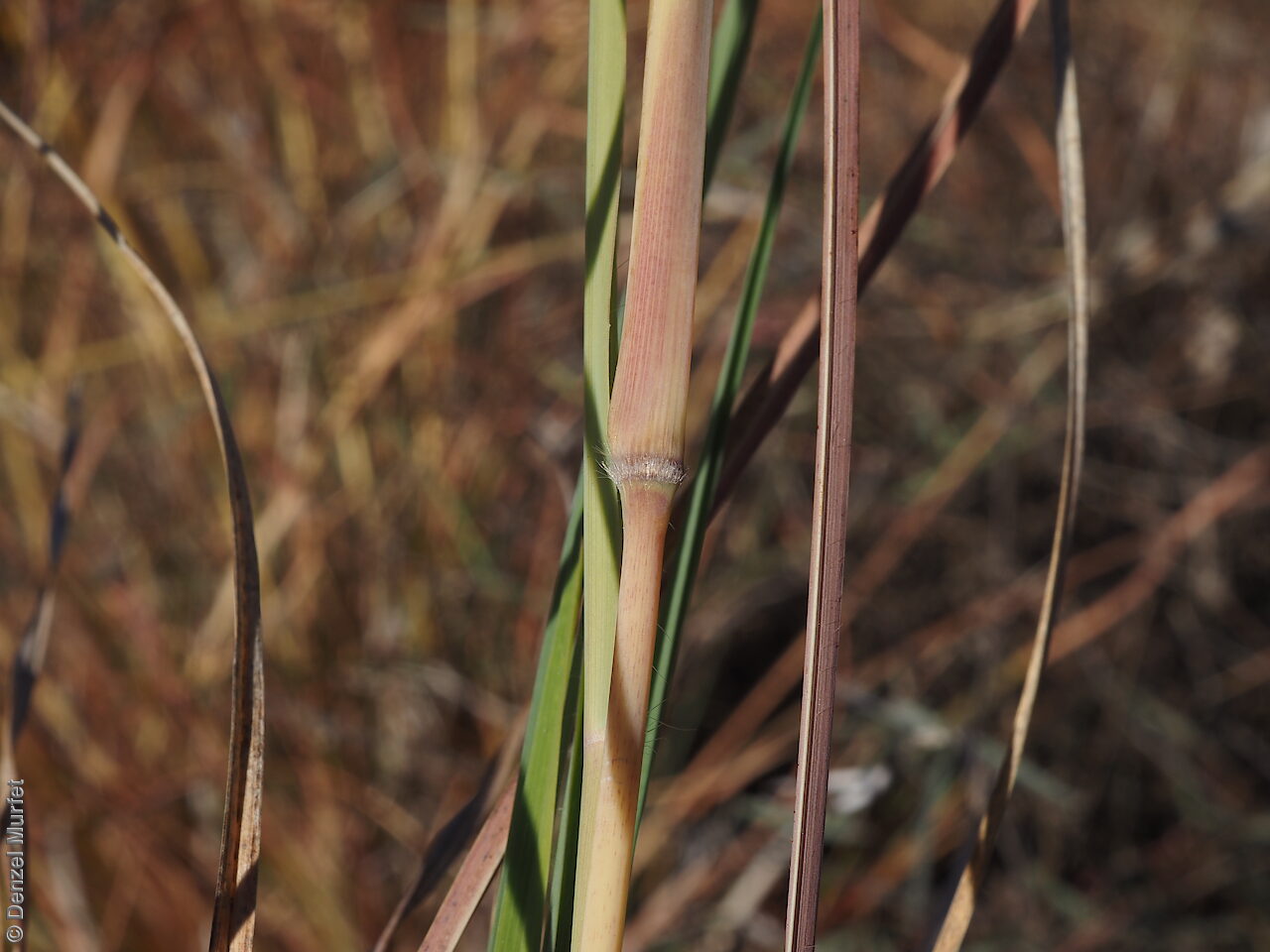
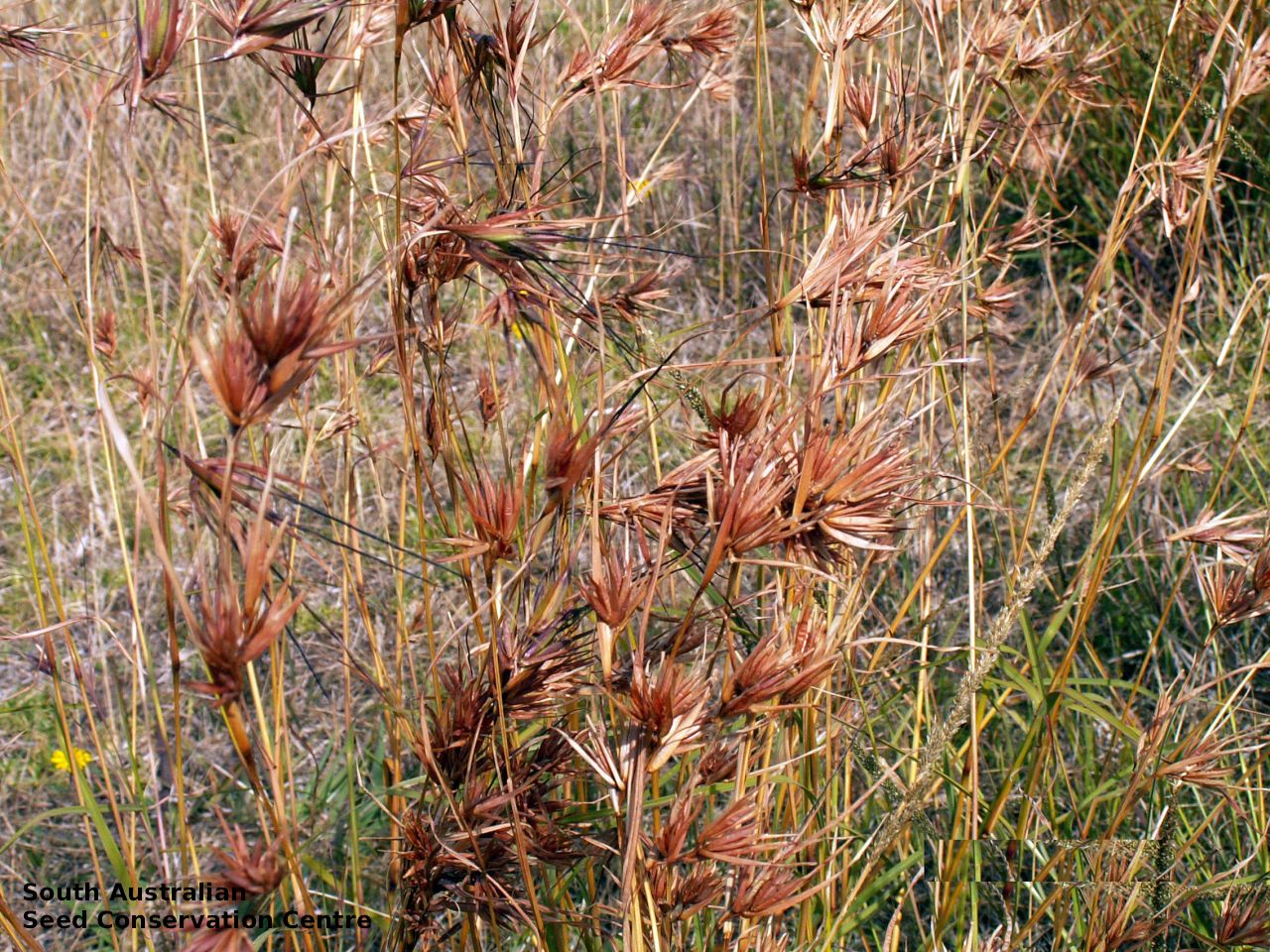
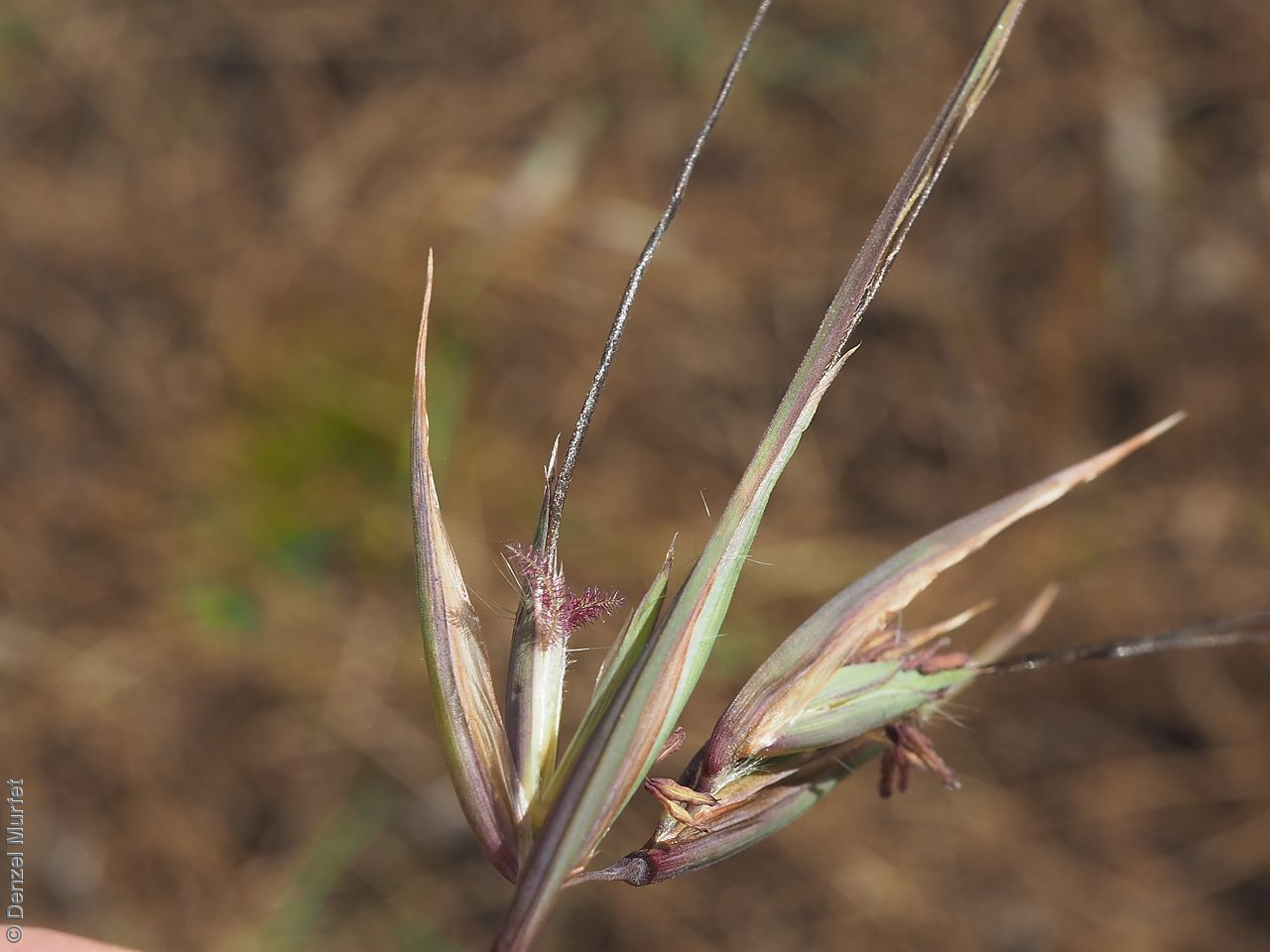
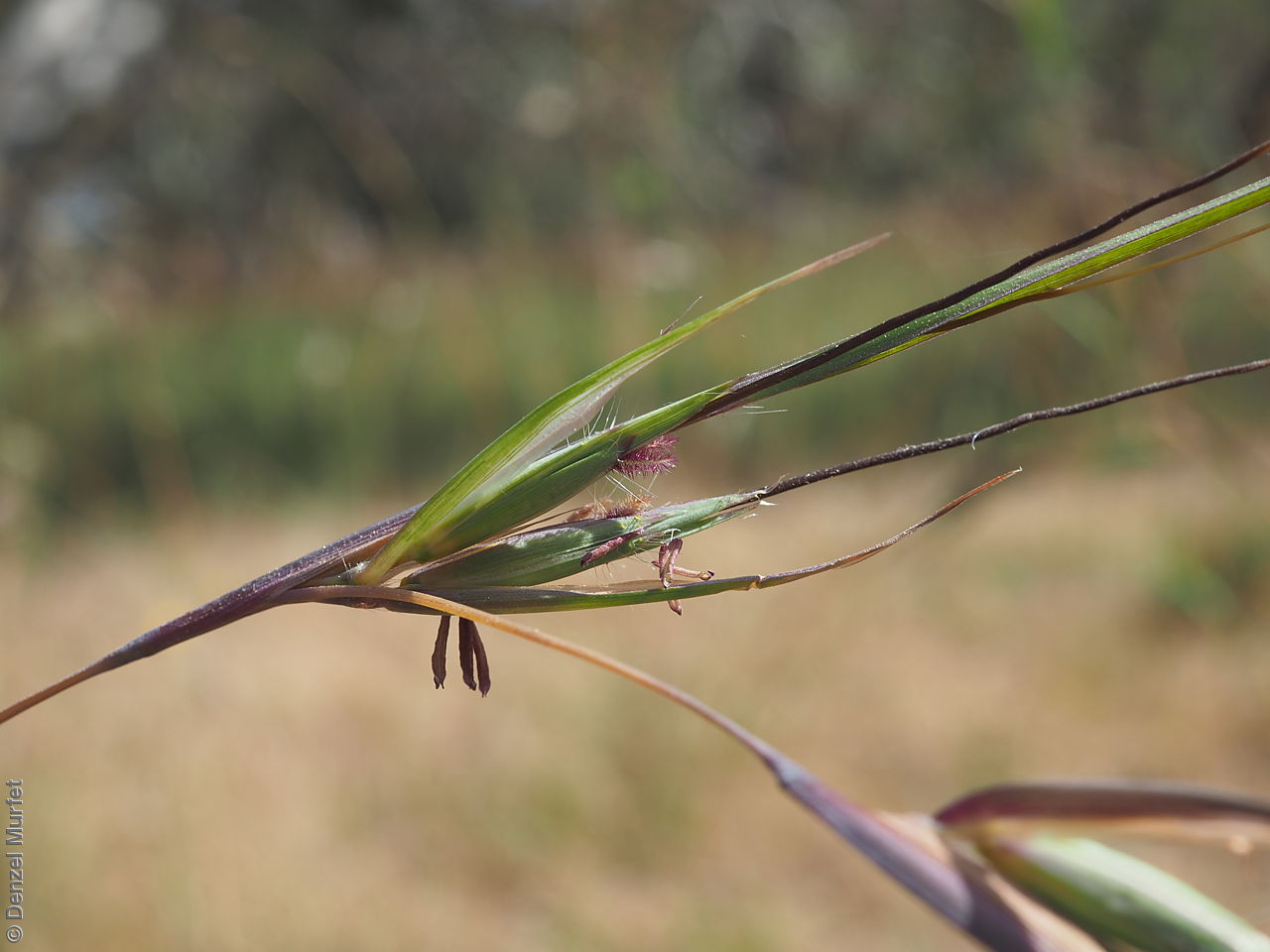
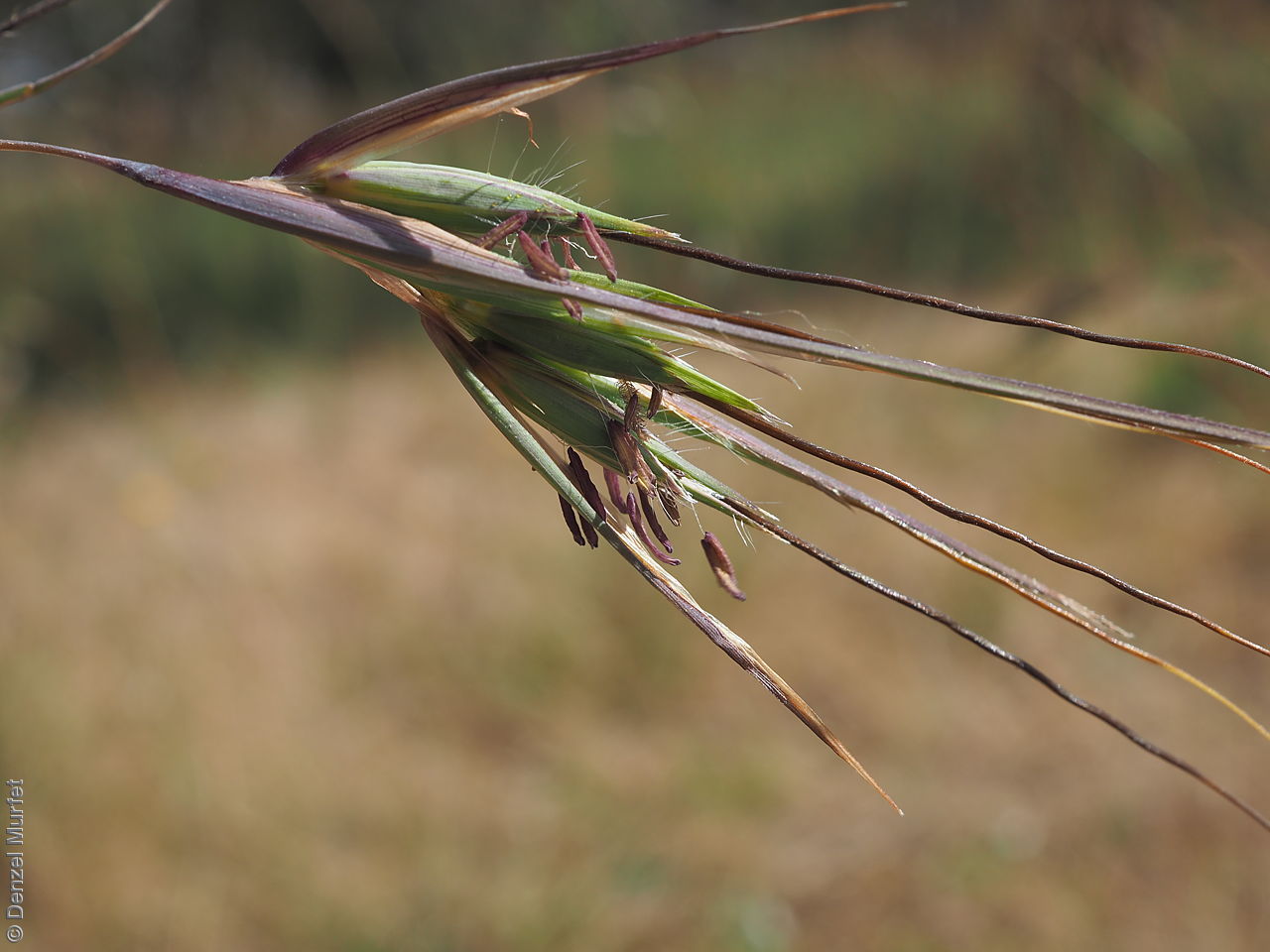
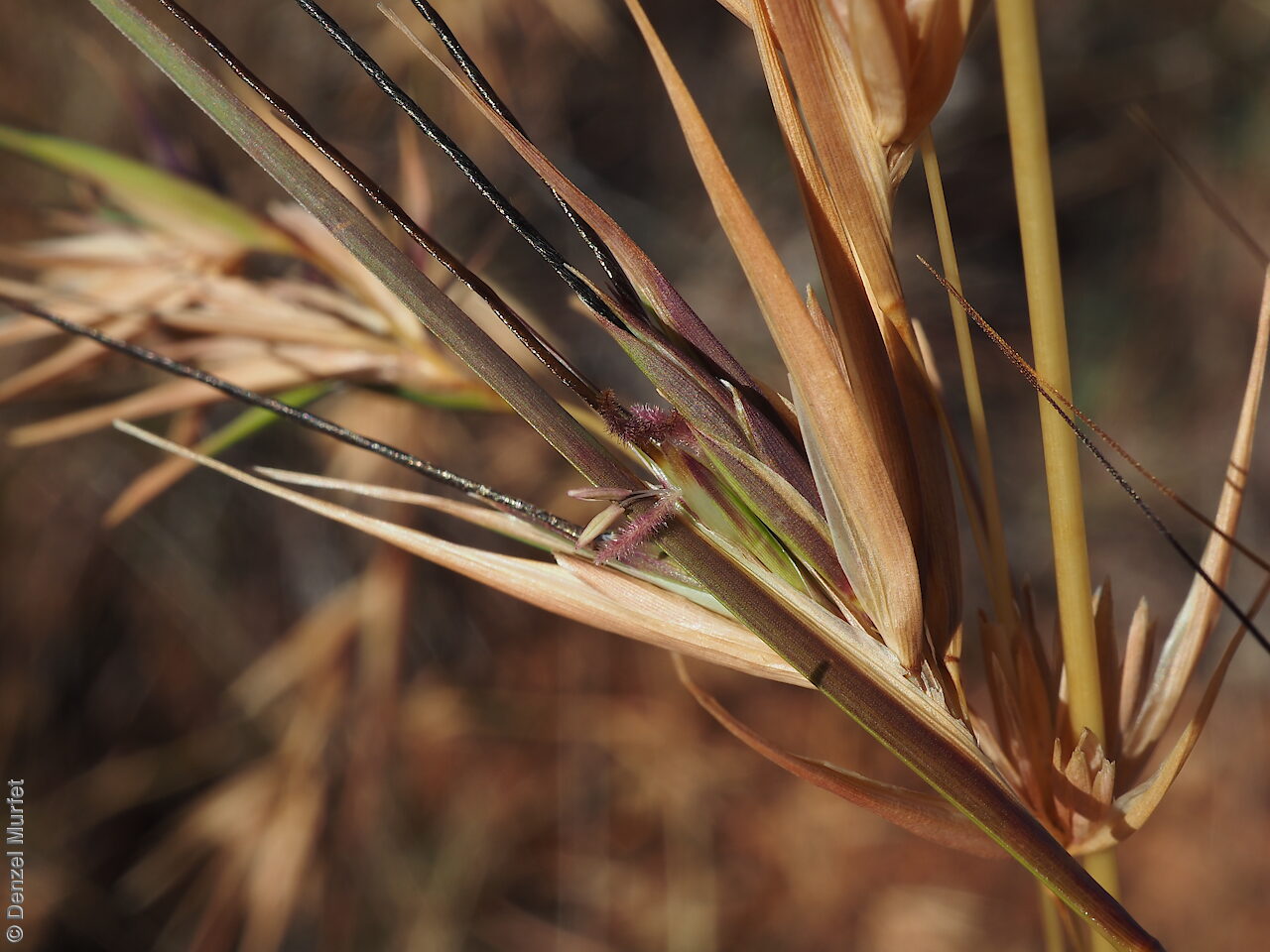
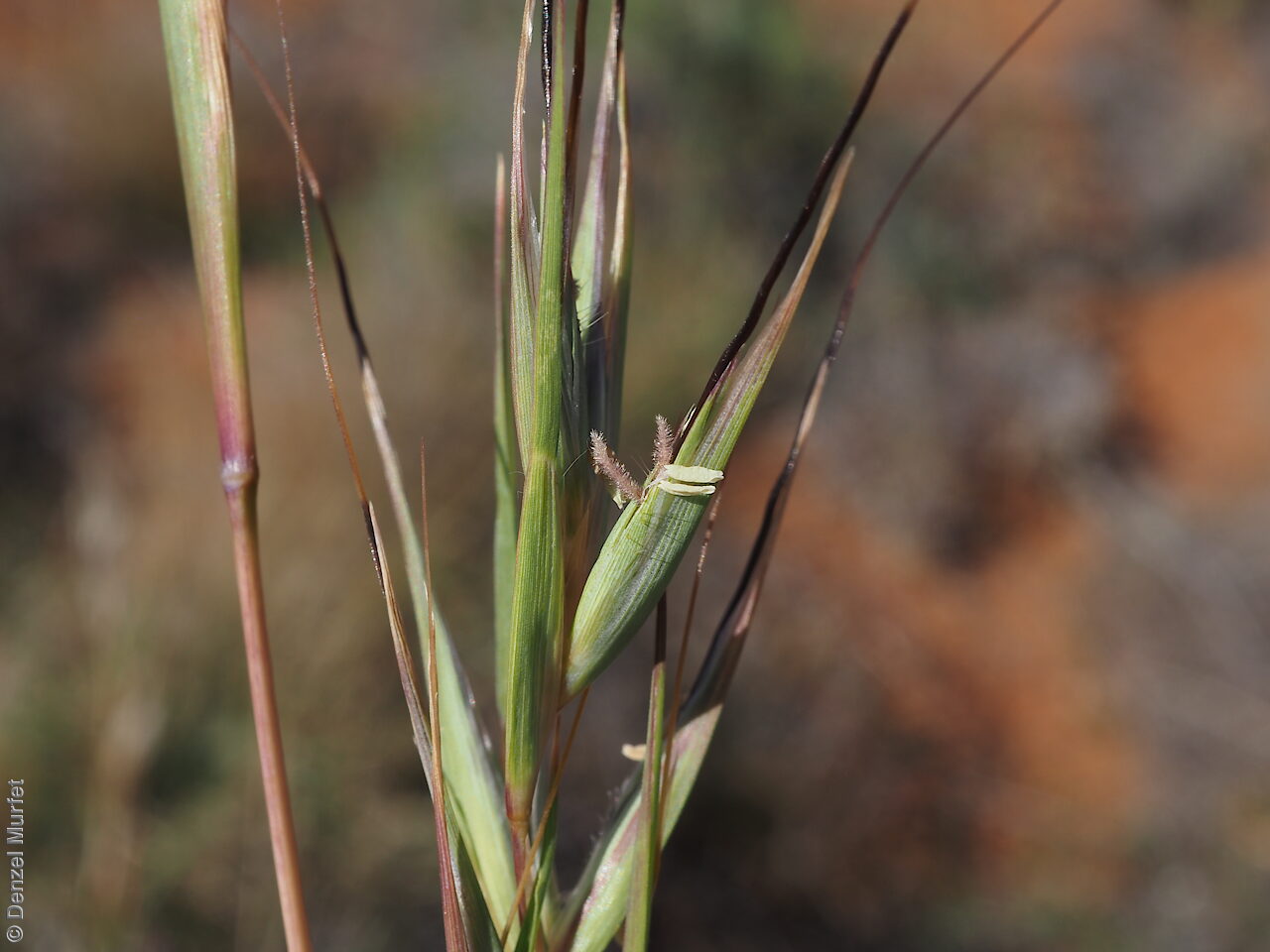
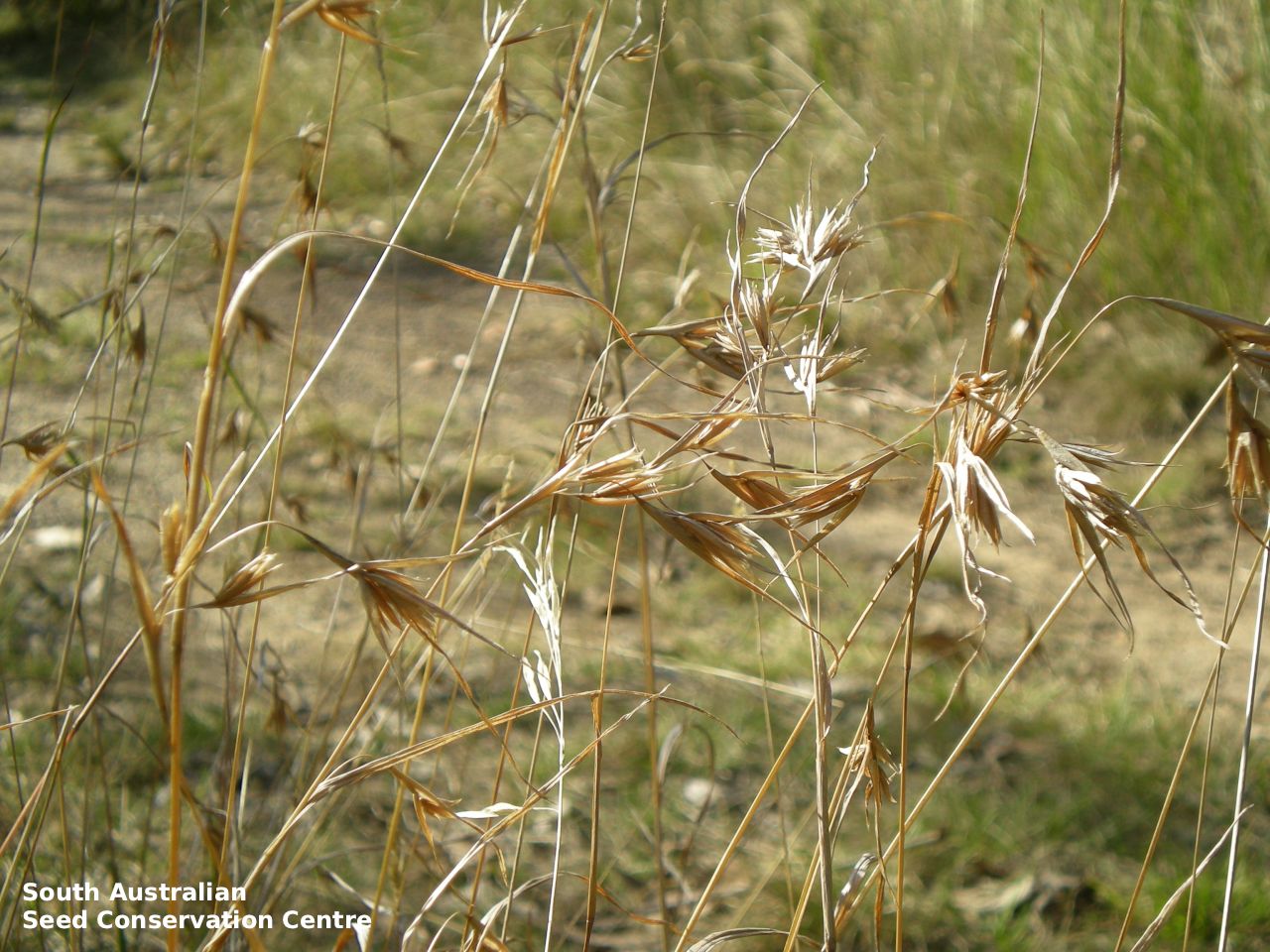
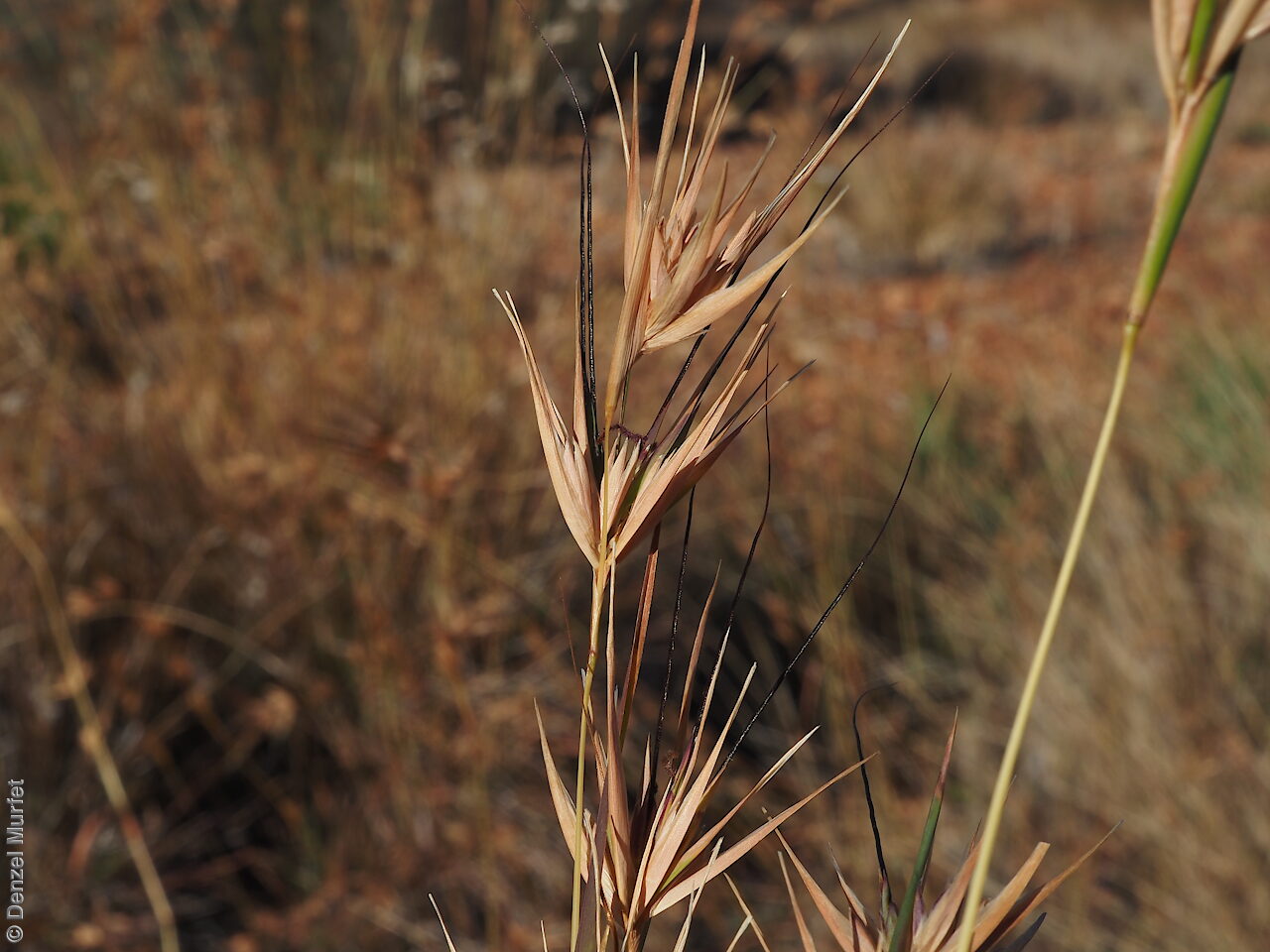
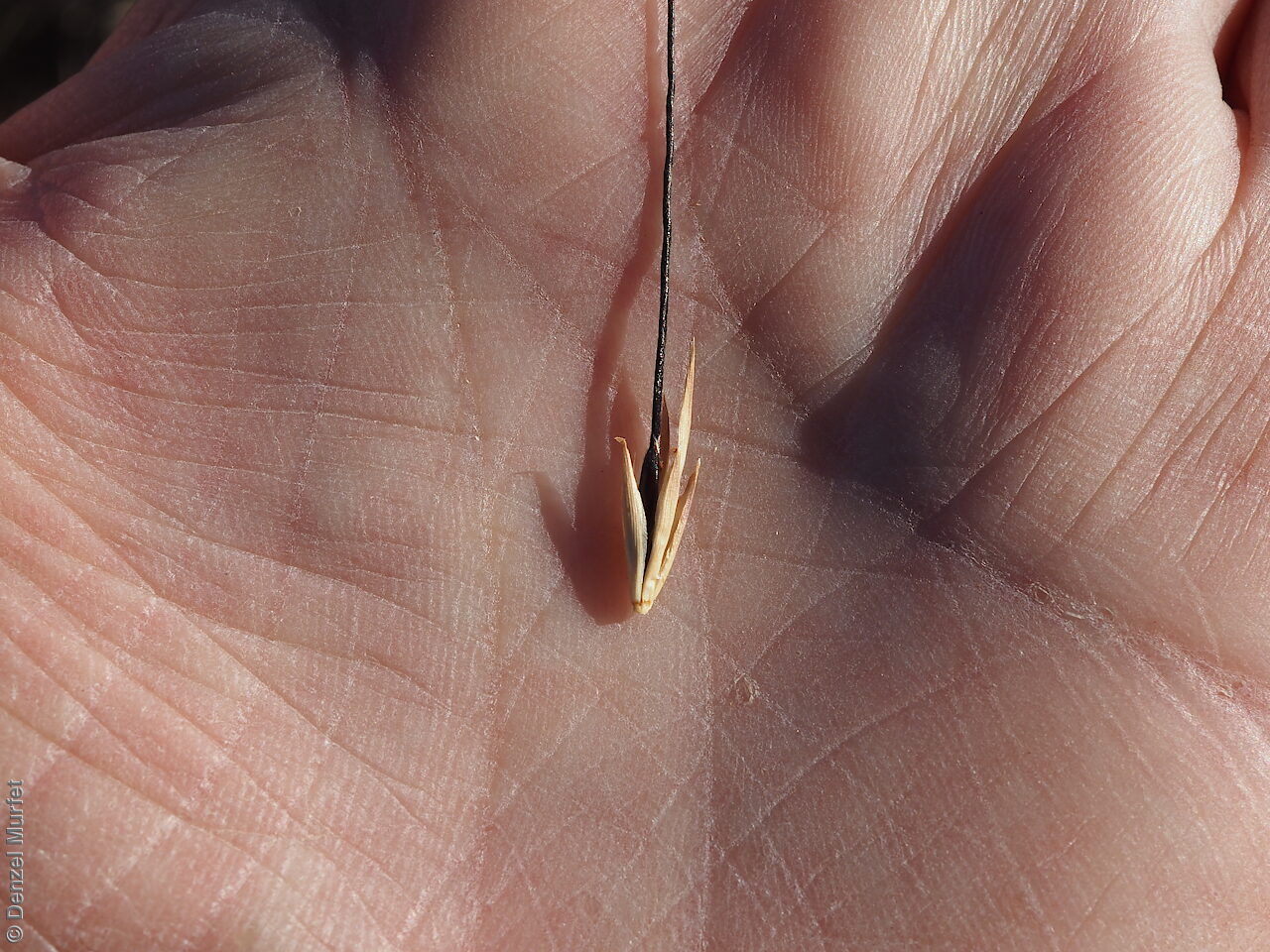
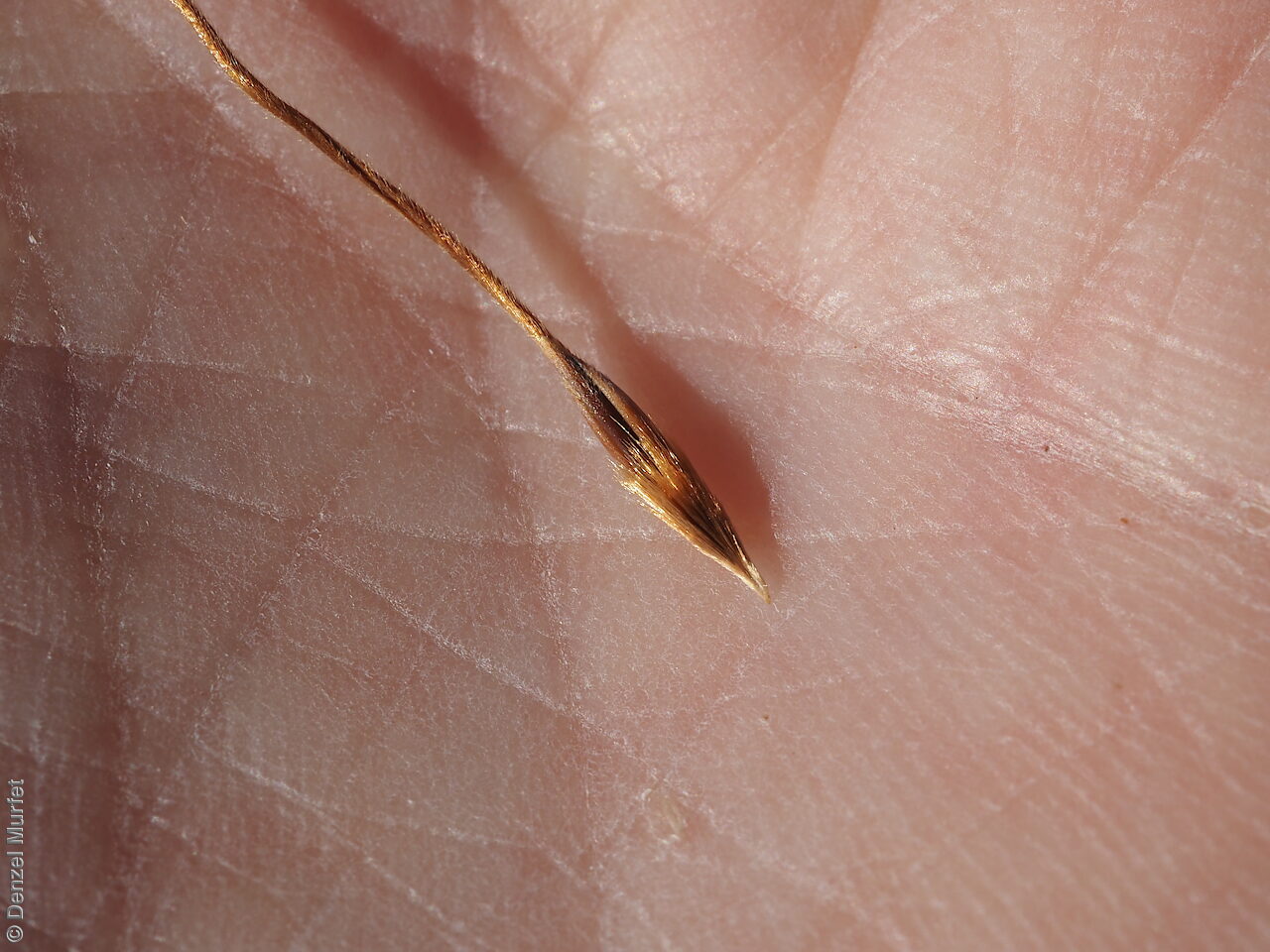
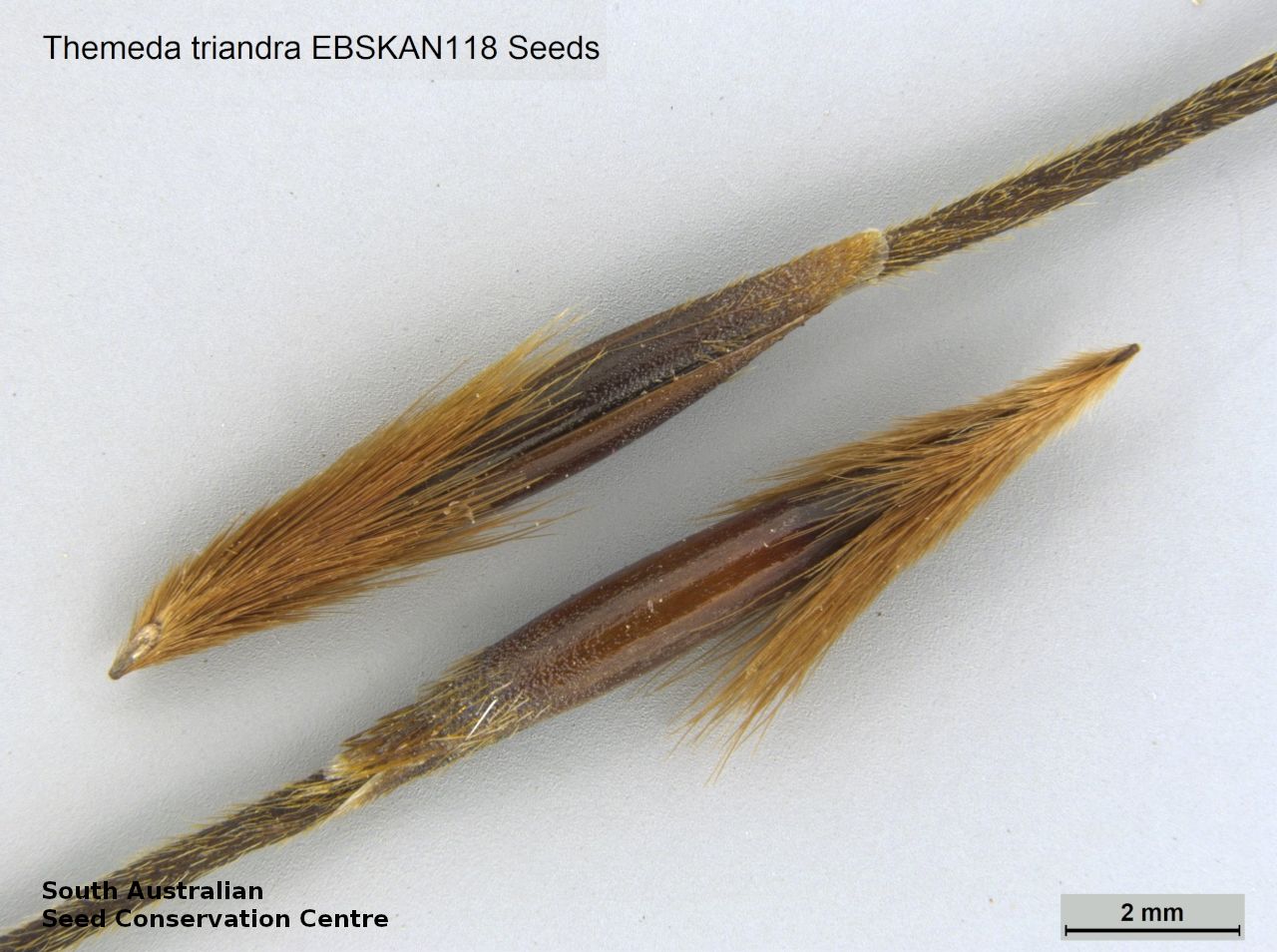
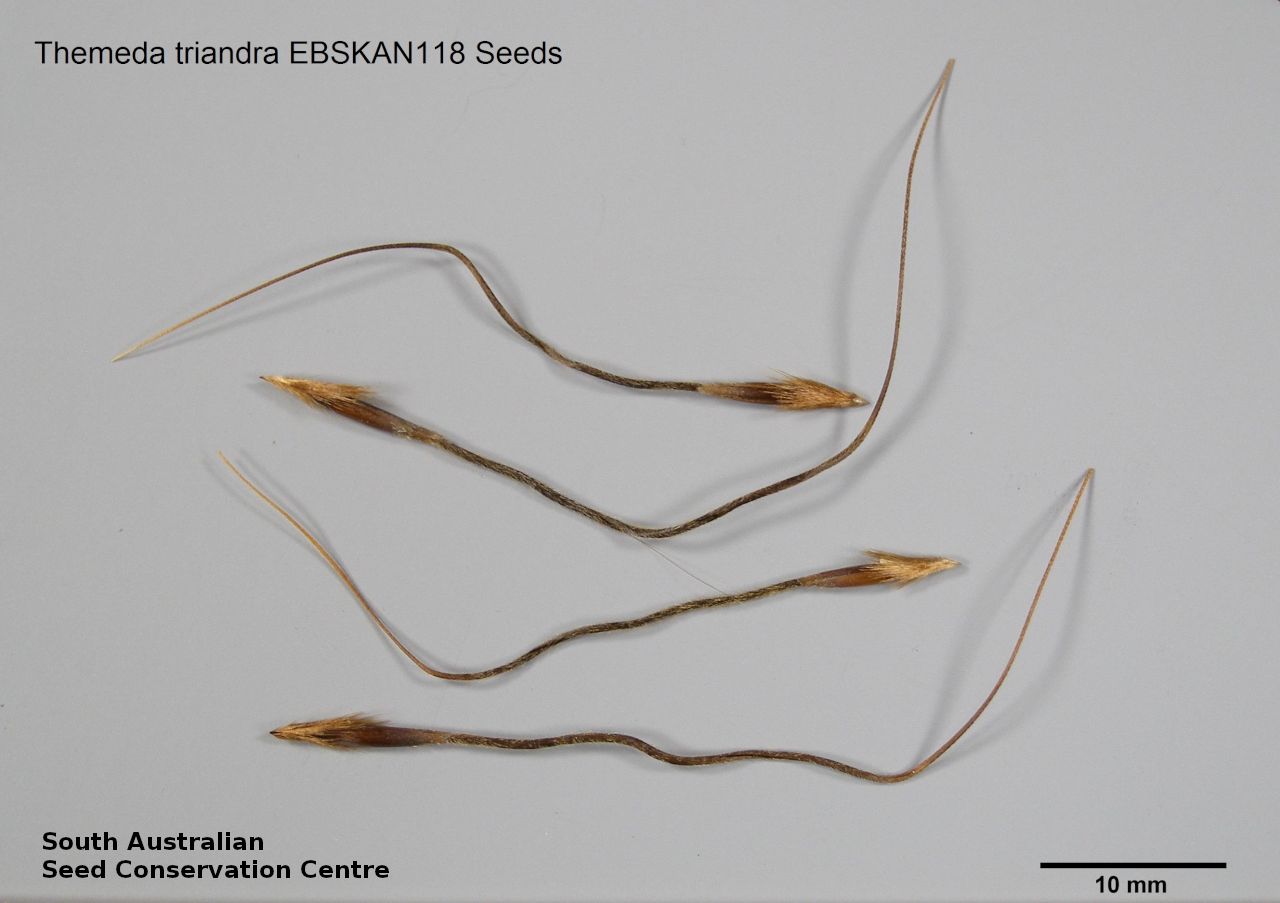
Regional Species Conservation Assessments per IBRA subregion.

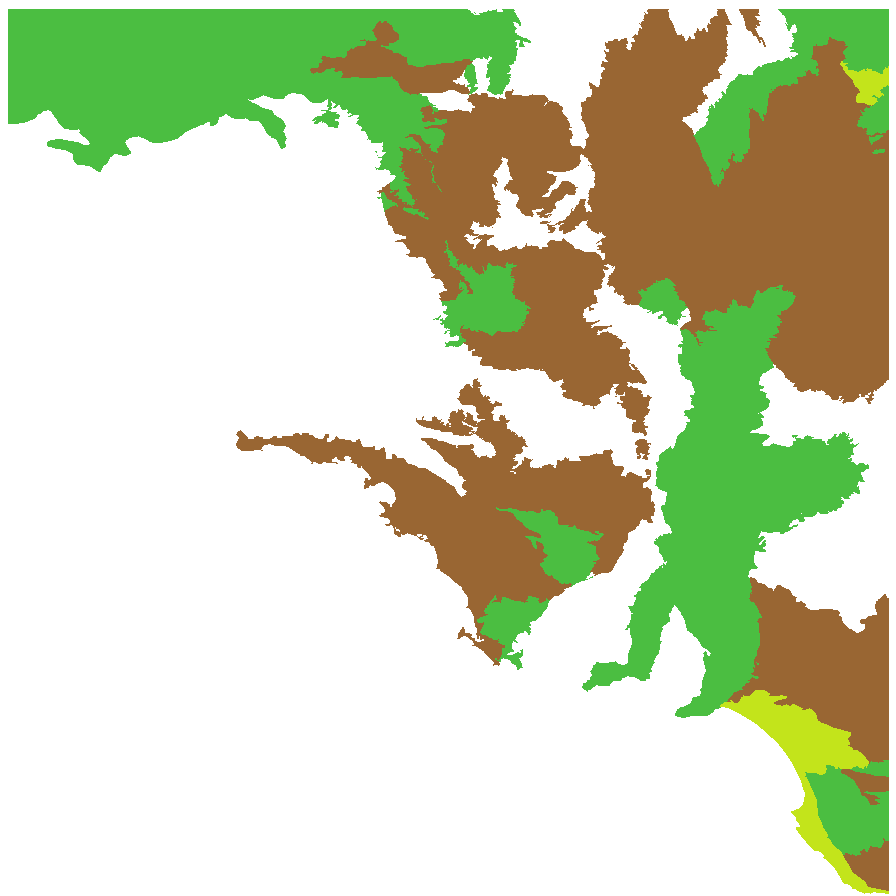
Least concern
Near threatened
Rare
Vulnerable
Endangered
Critically endangered
Extinct
Data deficient
Adelaide
Arkaroola
Ceduna
Coober Pedy
Hawker
Innamincka
Marla
Marree
Mount Gambier
Oodnadatta
Renmark
Wudinna
Keith
Yunta
Display IBRA region text
| Mount Gambier (SVP02) | Southern Volcanic Plain | Rare (IUCN: RA d(ii)) (Probable Decline) |
| Bridgewater (NCP01) | Naracoorte Coastal Plain | Near Threatened |
| Glenelg Plain (NCP02) | | Rare (IUCN: RA d(ii)) (Probable Decline) |
| Lucindale (NCP03) | | Least Concern |
| Tintinara (NCP04) | | Near Threatened |
| Fleurieu (KAN02) | Kanmantoo | Least Concern |
| Mount Lofty Ranges (FLB01) | Flinders Lofty Block | Least Concern |
| Broughton (FLB02) | | Least Concern |
| Olary Spur (FLB03) | | Least Concern [Goats a threat] |
| Southern Flinders (FLB04) | | Least Concern [Goats a threat] |
| Northern Flinders (FLB05) | | Least Concern |
| Central Flinders (FLB06) | | Least Concern |
| Southern Yorke (EYB01) | Eyre Yorke Block | Least Concern |
| St Vincent (EYB02) | | Least Concern |
| Eyre Hills (EYB03) | | Least Concern [higher rainfall] |
| Talia (EYB04) | | Rare (IUCN: RA d(ii)) [localised] |
| Eyre Mallee (EYB05) | | Rare (IUCN: RA d(ii)) |
| Murray Mallee (MDD02) | Murray Darling Depression | Rare (IUCN: RA d(i,ii)) [edge of range] |
| Murray Lakes and Coorong (MDD03) | | Near Threatened |
| Lowan Mallee (MDD04) | | Rare (IUCN: RA d(i,ii)) |
| Wimmera (MDD05) | | Least Concern |
| Myall Plains (GAW01) | Gawler | Rare (IUCN: RA d(ii)) |
| Gawler Volcanics (GAW02) | | Rare (IUCN: RA d(ii)) |
| Arcoona Plateau (GAW04) | | Rare (IUCN: RA d(ii)) |
| Roxby (GAW07) | | Rare (IUCN: RA d(ii)) [lack of habitat] |
| Kintore (GVD04) | Great Victoria Desert | Least Concern |
| Bimbowrie (BHC05) | Broken Hill Complex | Least Concern [Goats a threat] |
| Dieri (SSD03) | Simpson Strzelecki Dunefields | Data Deficient [imprecise location; 1 old record] |
| Strzelecki Desert (SSD05) | | Rare (IUCN: RA d(ii)) (Probable Decline) [grazed by cattle] |
| Breakaways (STP01) | Stony Plains | Least Concern |
| Oodnadatta (STP02) | | Rare (IUCN: RA d(ii)) |
| Murnpeowie (STP03) | | Rare (IUCN: RA d(ii)) |
| Peake-Dennison Inlier (STP04) | | Rare (IUCN: RA d(ii)) |
| Witjira (STP06) | | Least Concern |
| Baltana (STP07) | | Rare (IUCN: RA d(ii)) |
| Sturt Stony Desert (CHC02) | Channel Country | Least Concern |
| Coongie (CHC06) | | Rare (IUCN: RA d(ii)) (Probable Decline) [grazed by cattle] |
| Lake Pure (CHC07) | | Near Threatened |
| Mann-Musgrave Block (CER01) | Central Ranges | Least Concern |
| Watarru (CER02) | | Least Concern |
| Everard Block (CER03) | | Least Concern |
| Tieyon (FIN03) | Finke | Least Concern |
| Pedirka (FIN04) | | Rare (IUCN: RA d(ii)) |
| Mount Gambier (SVP02) | Southern Volcanic Plain | Rare (IUCN: RA d(ii)) (Probable Decline) |
| 4 of 4 subregions | Naracoorte Coastal Plain | Least Concern , Near Threatened , Rare |
| Fleurieu (KAN02) | Kanmantoo | Least Concern |
| 6 of 6 subregions | Flinders Lofty Block | Least Concern |
| 5 of 5 subregions | Eyre Yorke Block | Least Concern , Rare |
| 4 of 6 subregions | Murray Darling Depression | Least Concern , Near Threatened , Rare |
| 4 of 8 subregions | Gawler | Rare |
| Kintore (GVD04) | Great Victoria Desert | Least Concern |
| Bimbowrie (BHC05) | Broken Hill Complex | Least Concern [Goats a threat] |
| 2 of 4 subregions | Simpson Strzelecki Dunefields | Rare , Data Deficient |
| 6 of 7 subregions | Stony Plains | Least Concern , Rare |
| 3 of 4 subregions | Channel Country | Least Concern , Near Threatened , Rare |
| 3 of 3 subregions | Central Ranges | Least Concern |
| 2 of 2 subregions | Finke | Least Concern , Rare |
Botanical art
Kath Alcock paintings: 7
Prior names
Themeda australis
Anthistiria ciliata
Anthistiria australis
Common names
Kangaroo Grass
Ilintji
Etymology
Themeda from the Arabic 'thaemed' meaning little water (or refers to a depression in which water lies after rain and dries in summer); possibly referring to the water storage cells on the upper surface of the leaves or to the habitat in Yemen where the type specimen for Themeda was collected. Triandra from the Greek 'treis' meaning three and 'andros' meaning man; referring to a stemless hermaphrodite spikelet which is surrounded by three male spikelets.
Distribution and status
Found across South Australia, except in the south-western part, growing in grassland and open woodland communities. Also found in all Australian states, Asia, Africa and the Pacific region. Native. Common in South Australia. Common in the other states.
Herbarium regions: North Western, Lake Eyre, Gairdner-Torrens, Flinders Ranges, Eastern, Eyre Peninsula, Northern Lofty, Murray, Yorke Peninsula, Southern Lofty, South Eastern, Green Adelaide
NRM regions: Adelaide and Mount Lofty Ranges, Alinytjara Wilurara, Eyre Peninsula, Kangaroo Island, Northern and Yorke, South Australian Arid Lands, South Australian Murray-Darling Basin, South East
AVH map: SA distribution map (external link)
Plant description
A densely tufted, leafy perennial grass to 1 m tall with sharply keeled leaves and large spikelets, often blue green when actively growing and reddish at maturity. Flowers throughout the year but mainly between October and March. Fruits are reddish-brown loose, interrupted, often drooping panicle to 250 mm long. Seeds are dark brown, shiny seed to 10 mm long and 1 mm wide (excluding the awn) with a sharp base and collar of hairs. Contain a long narrow yellow ovoid grain. Seed embryo type is lateral.
Seed collection and propagation
Collect seeds between December and May. Use your hands to gently strip seeds off the mature seed spike that are drying off and turning brown or alternatively, you can break off the whole seed spike. Place the seeds/spike in a tray and leave to dry for two weeks. No further cleaning is required if only seed collected. If seed spikes collected, use hand to strip off the mature seeds. Store the seeds with a desiccant such as dried silica beads or dry rice, in an air tight container in a cool and dry place. Seed viability can be low for this species especially if seeds are harvested before they are ripe. Viable seeds will germinate without any treatment, 100% viable seeds were selected using an x-ray image and 90% germinated within 11 weeks at spring temperatures.
Germination table:
Display




















